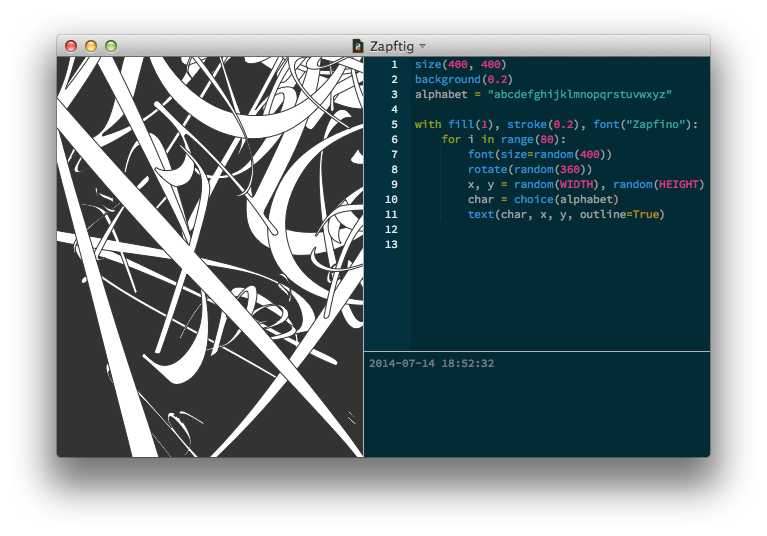Python Crash Course
Getting started with Python & PlotDevice
Of the many scripting languages in popular use, Python has a reputation for ease-of-learning and power that few others can match. This week's reading assignment is designed to give you a sense of the language's syntax and how it might be applied to the creation of data graphics using PlotDevice.
Primary Reading (chapters 1–3, 9–12)
Getting Started
Environment
Primitives
Variables
Strings
Collections
Serialization
